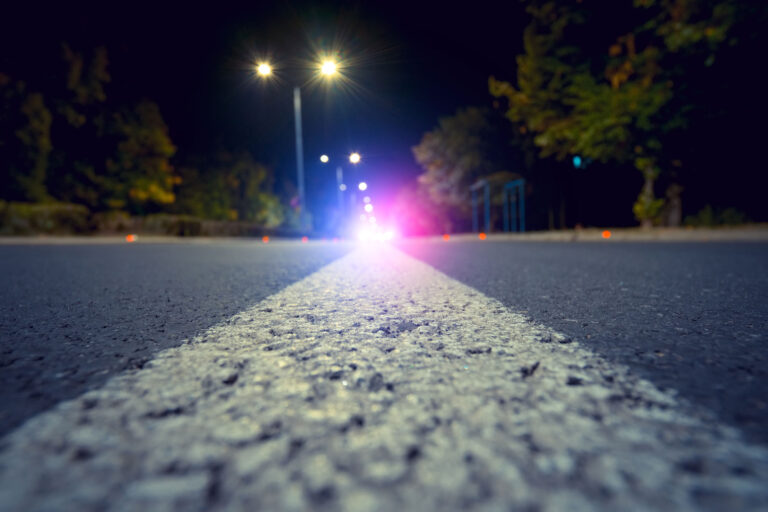At the onset of the pandemic, overall property and violent crime rates fell in California, though there were troubling increases in some types of crime, including homicides. Now that concerns about public safety seem to be growing, policymakers need to place recent crime trends in the unprecedented context of the COVID-19 crisis. At a virtual event last week, PPIC researcher Deepak Premkumar outlined a new report that tracks arrest trends in the early part of the pandemic and examines factors that should be explored in future research.
Arrest trends are only part of the overall criminal justice picture, said Premkumar. However, “arrests are where we have reliable data, and they provide an insightful lens into what happened to the criminal justice system during this period.”
The report focuses on four major factors that may have influenced arrest rates: changes in people’s public movement spurred by public health concerns and directives; emergency law enforcement policies designed to reduce interactions between officers and the public; state and local zero-bail orders, aimed at limiting the number of people jailed for pre-trial detention; and the protests after the murder of George Floyd, which temporarily increased both public movement and arrests.
“This is not a causal evaluation of any one individual policy,” Premkumar said. “However, we did analyze correlations between the timing of events and policies, and arrest trends.”
Since the onset of the pandemic, Premkumar explained, “we’ve seen persistent decreases in arrests that have contributed to enduring declines in the jail and prison populations.” The decrease was driven by a sharp drop in misdemeanor arrests. “These were primarily reductions in arrests for low-level driving and drug offenses,” he said. Felony arrests also declined at the beginning of the pandemic but rebounded fairly quickly.
It appears that the primary driver of arrest trends was mobility. Governor Newsom declared a state of emergency in early March 2020 and issued a statewide shelter-in-place order on March 19. By mid-April, public movement had dropped dramatically: “Californians made 50% fewer trips to work, shops, and restaurants compared to late February,” said Premkumar. Throughout 2020, reductions in the number of civilians walking, driving, and using transit were linked to decreases in arrests, while upticks in movement were consistent with rebounds in arrests.
Shifts in law enforcement practices also contributed to arrest trends. The number of police stops declined by about 35% at least through 2020. And, in the first few months of the pandemic, officers were more likely to let people go without formal enforcement. Later on, citing and releasing became more prevalent.
Ultimately, the biggest takeaway is the link between mobility and arrests. While it is not all that surprising that changes in public movement would affect crime and arrests, the strength of the connection was surprising. “What surprised me the most is how significant of a role mobility played,” Premkumar said. “It’s an understudied area,” he added, “because we haven’t seen the upheavals in society that we saw during the pandemic.”



